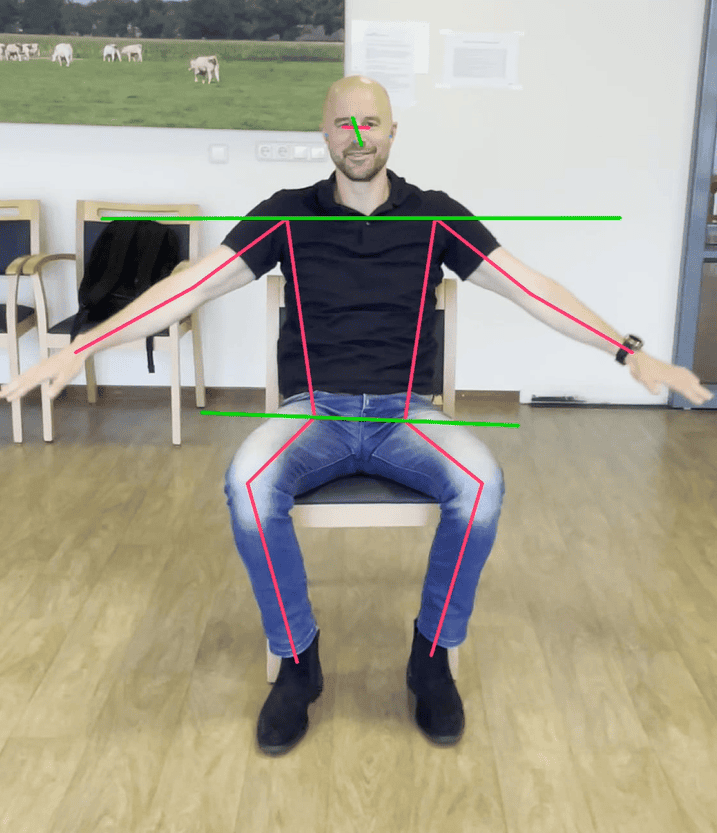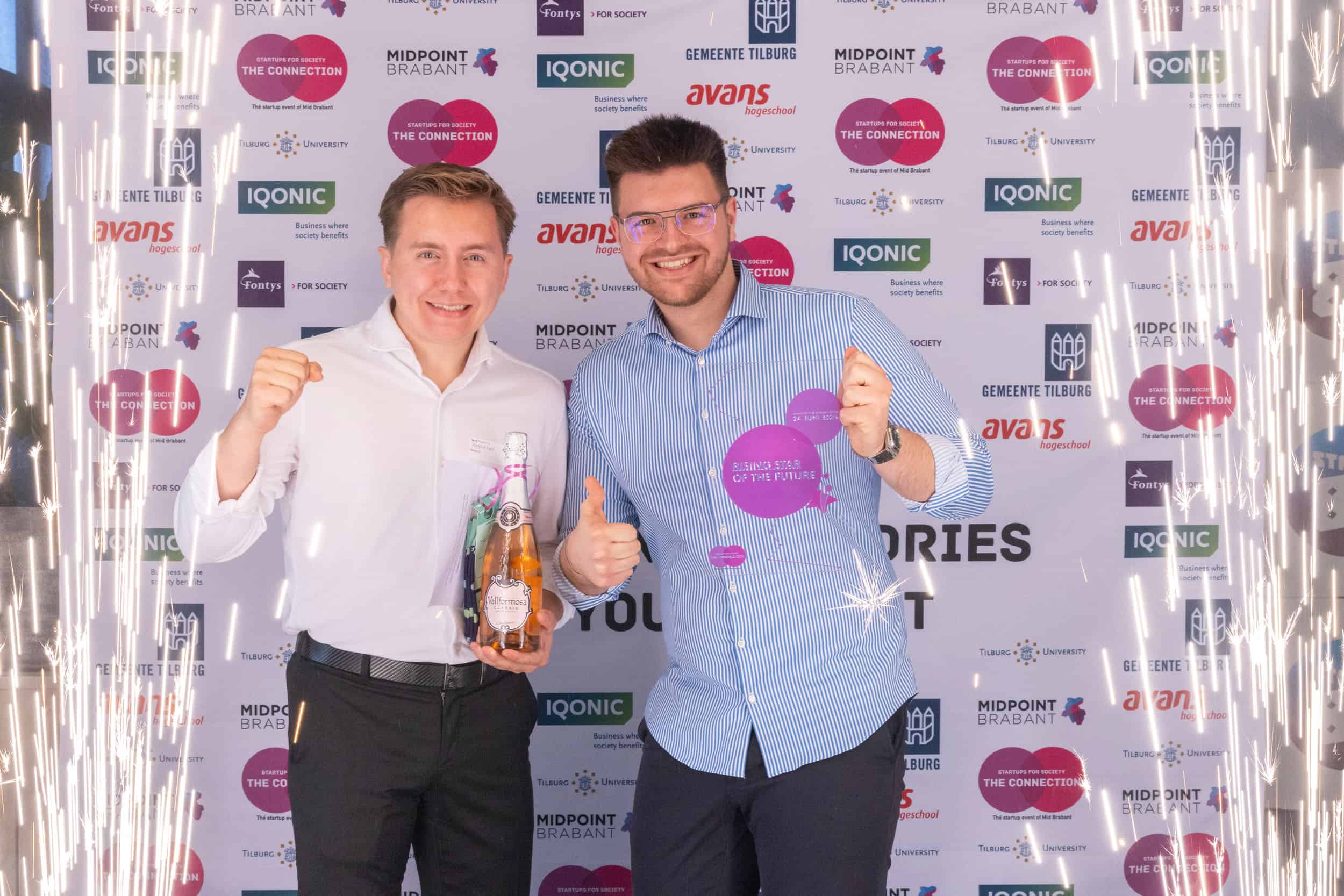
People all have very different body shapes. The current clothing size systems are inadequate when it comes to covering these sizes. This is reflected in the fact that industrially manufactured clothes rarely fit exactly. They are usually too big, too small, too short or too long … The AMB start-up wants to revolutionize the fashion industry’s clothing size system. AMB GmbH is a deep tech start-up, working in the field of recognition, reconstruction and measurement of human bodies; acting as a platform for computer vision and data science. Their approach is based on image recognition and neural networks created by various algorithms. The target sectors are all industries which are concerned with the human body, such as fashion, health, medicine, safety and ergonomics. In the market launch phase, the focus will be on the TrueSize product line and the digitization of real body data worldwide for the fashion industry.
Hyper-segmented data pool
Body types differ regionally and culturally and also within regions and cultures. According to the latest research, body types are also influenced by social class and occupation. This diversity is invariably insufficiently represented in the current clothing size systems. This results in massive overproduction, whereby its waste disposal pollutes the environment. This problem has been exacerbated by online retailing: about fifty percent of orders are returned and this calls into question the viability of the retailer. TrueSize TrueSize is software which makes it easier for the globally active industry to supply all markets with tailor-made clothing. A hyper-segmented data pool with true data enables the automated application of very specific body dimension data. On top of that, an app will be released, which will enable consumers to measure themselves. Current clothes size systems will become obsolete.

Anna Maria Brunnhofer, AMB GMBH (c) Marco Prenninger
The founder of this start-up is Anna Maria Brunnhofer. She graduated in fashion design and business management at the Höhere Bundeslehranstalt Lentia (HBLA), an academy for fashion and product innovation management in Linz, Austria. She then went on to study Economics and Science at the University of Art and Design Linz (Kunstuniversität Linz). Alongside her training, Brunnhofer also began working early on in her parent’s companies. Her parents run a gallery and a highly specialized screen-printing shop. Her interest in camera technology and neural networks was spurred on by her work in strategy consultancy, where she advises start-ups, museums and technical companies on digital media.
Brunnhofer in an interview:
What motivates you? Which problem do you solve and why is that important?
Our world is people-centered and yet there is still relatively little known about people. We work with real data on global body-sizes – the TrueSizes – in order to create hyper-segmented data sets. At the same time, we are interested in the reconstruction of bodies as well as in the process that leads to that. With this know-how, we are able to provide answers to very specific questions. In the fashion industry, a hyper-segmented body size system can be used to create tailored clothing for a global clientele. In the co-operation between humans and robots, intelligent optics for robots are able to be developed. These provide the robot with information about human employees and their activities and help prevent accidents. The work processes then become safer and more efficient.
What was the biggest obstacle you had to overcome? Was there a moment when you wanted to give up?
When people close to me or major companies tell me that ‘that can’t be done’, these are the moments when I really stop and think about it. But the ‘just watch me!’ moment always comes right back. Hurdles just give me more energy. The most important thing is to have a team who enjoy questioning conventions as much as I do.
What have been the best experiences so far? Which achievements are you particularly proud of?
When my first Lead-Developer Wahid said that he thinks what we are doing is great, that he wants to be part of it and is looking forward to our journey. Or when our newest team member Rawan said that our energy is contagious and the work on new accomplishments in R & D is highly motivating. Of course it was also a great feeling when we got our first major funding.

What can we expect from you in the coming year?
Marketable products and radically new approaches to industries around human bodies. Our goal is to improve the well-being and safety of people.
Where would you like your company to be in five years – what is your ultimate goal?
We want to be the market leader in the field of identification, reconstruction and measurement of human bodies. As a deep tech start-up, we don’t expect to see sales so soon, yet when the time comes, we expect a rapid rise in sales.
What distinguishes your innovation from the current ideas?
Our algorithms are learning tasks based on body recognition and measurement that we put into the processor. For example, how to recognize a person from an image; how to recognize pixel-precise outlines, volumes, measurements and sizes. Image recognition is two-dimensional, which means that no 3D camera or sensors are required. With the help of the app, everyone can measure themselves on their own – without outside help. In addition, we work independently from devices and platforms. The system should be as simple as possible for the consumer. Nevertheless, we make precise measurements – and do not work with approximations, as is currently the case with sensor-free systems.
Founder:
Anna Maria Brunnhofer (31)
Year of foundation:
2019
Funding:
Since 2019, the start-up has received funding from various sources and – including private investments – has a high six-figure capital funding.
Employees:
Fifteen team members and close cooperation with fifteen students from Austrian and Dutch universities;
Hiring:
Yes, great people who love the future, computer vision and data science are always welcome.
Ultimate goal in brief:
I would like to contribute to the creation of a human-centered technology.







